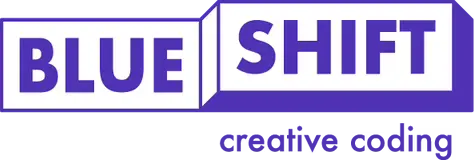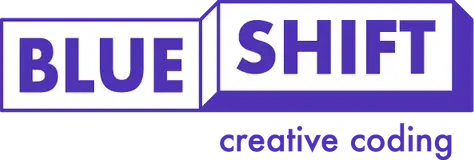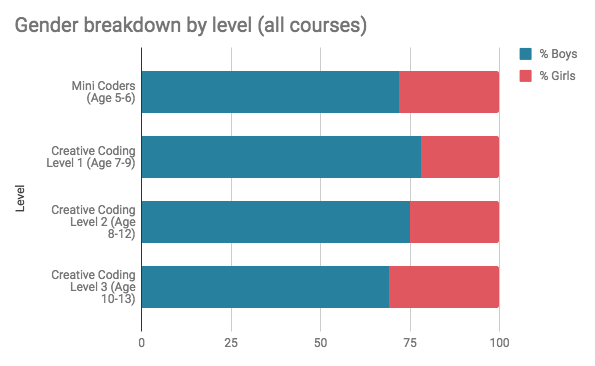Girls and Coding Camps by the Numbers
Something we’re always talking about in the blue{shift} office is how we can better engage girls with the coding camps, workshops, and after-school clubs we offer. As a company with a female founder, where the majority of our office staff are female, and roughly half of our teachers are too, we’re especially concerned that learning to code, to build and program robots, and to use computer techniques to create, shouldn’t be seen as merely “boys’ stuff.” And yet, our courses — aimed at children between the ages of 5 and 13 — do tend to attract mostly boys.
Perhaps this is inevitable; a consequence of the sort of thing we tell boys and girls that they should be interested in from a young age. The boys who sign up for our courses — particularly our Minecraft Modding camp — tend to discover their interest in coding via gaming, a space where young girls can feel alienated. Lego Mindstorms, a gateway to robotics and logic-based programming, is marketed primarily to boys. While we like to emphasise in our marketing and course design that learning the principles of coding is useful for more than just building computer programs — and regularly use our camps to teach digital art, design, and crafts to boys and girls alike — there is still a pervading sense that there’s more on offer for boys in coding than for girls. But is that fair?
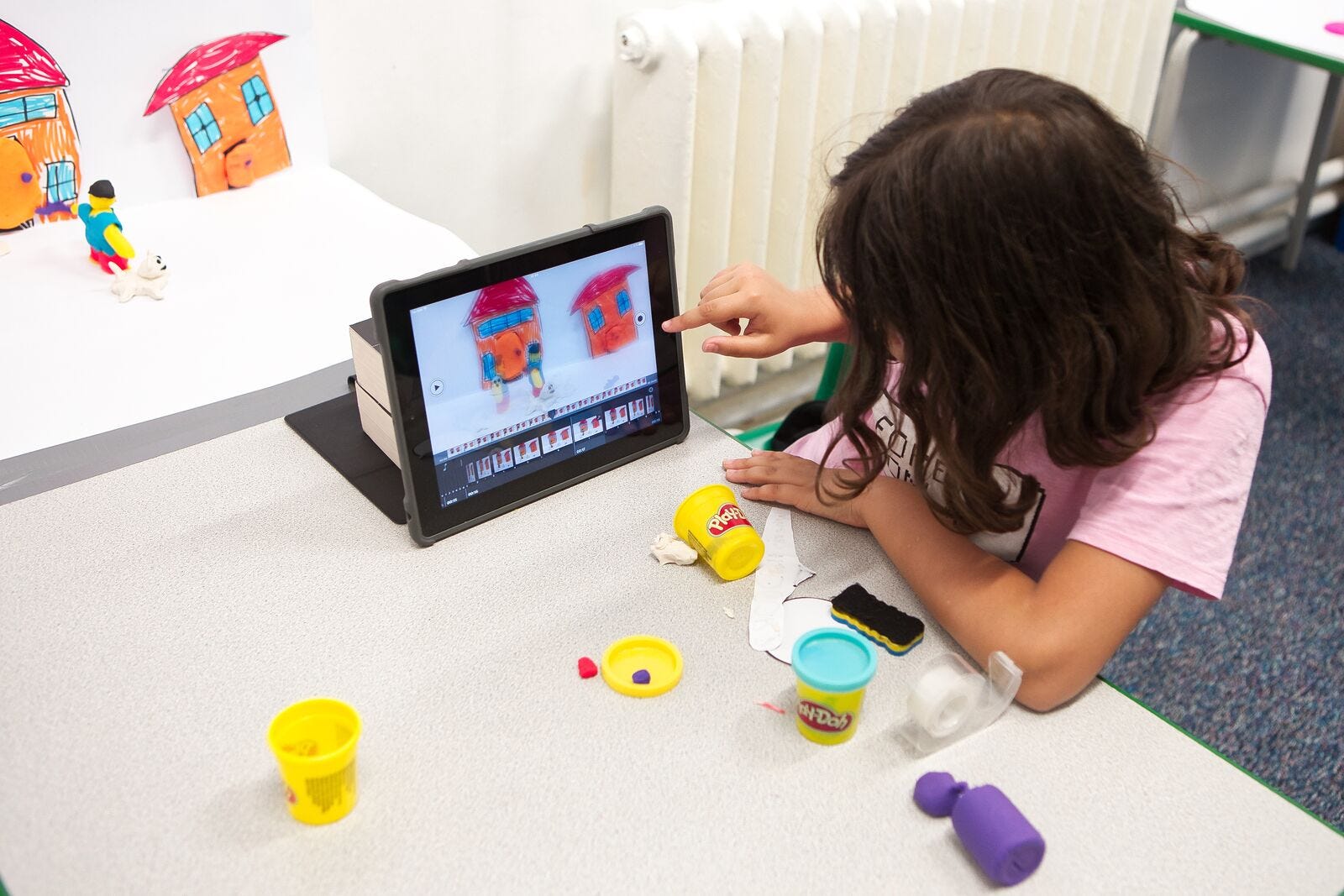
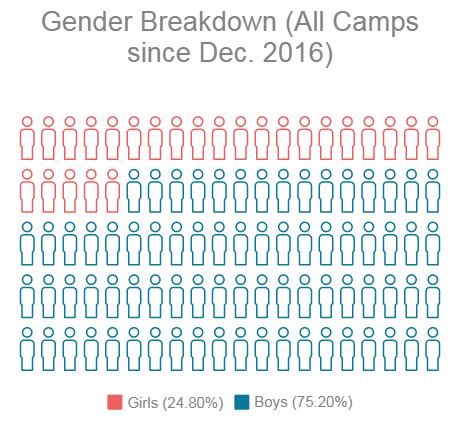
First, we took a look at our youngest group — those in our age 5–6 Mini Coders camp. Over the course of the 2016–2018 camps, we found that 72% of our Mini Coders were boys, and 28% girls. At the Age 7–9 level, which we call Creative Coding Level 1, this creeps up to 78% male, 22% female, and by the time we reach Creative Coding Level 2 it’s a 75%/25% split — about what we expect across all camps. Interestingly, by Creative Coding Level 3 — our highest level camp, where children learn complex languages such as Python and JavaScript — we see the best gender ratio, where 31% of attendees are girls.
As expected, our Minecraft Modding camps (which cover two Creative Coding levels across ages 7–12), are where we see the biggest gender imbalance. Since December 2016, girls have made up just over 15% of attendees. Rough online estimates put female users of Minecraft in general somewhere between 10–25% (accurate figures are hard to come by as the game does not record players’ gender) across all age groups. While we would expect mostly boys to attend, there is definitely work to be done encouraging girls to get involved. Interestingly, however, the number of girls taking Minecraft Modding courses goes up (by about 4%) as the level of difficulty does — giving the lie to assumptions we’ve made in the past about “losing” girls as they get older or the skill level increases.
It’s worth noting that at blue{shift} we get a lot of returning campers! Generally, they’ll move up the levels as they improve their coding skills, learn new platforms, and, of course, get older. What these figures show is that engagement by girls actually increases as they move up the levels. While the split across all courses remains pretty steady at 75% male, 25% female, this ratio swings noticeably at Creative Coding Level 3, and even in the upper-level Minecraft Modding course — the most male dominated class of all. One conclusion we can take from this, and one we’re keen to work on developing, is that girls are just as capable of being interested and engaged in coding camps as boys; it just maybe take them a little bit longer in terms of age to discover the hobby.
We’re fascinated by these results and, as ever, will continue to develop our courses with girls in mind from the youngest age. Because, after all, they’re the next generation of coders, designers, creators, and artists — and to have the best chance of succeeding in the huge number of new careers that’ll exist when they enter the workforce, they’re going to want to get started early!
If you’re interested in learning more about our camps, please visit our website.




